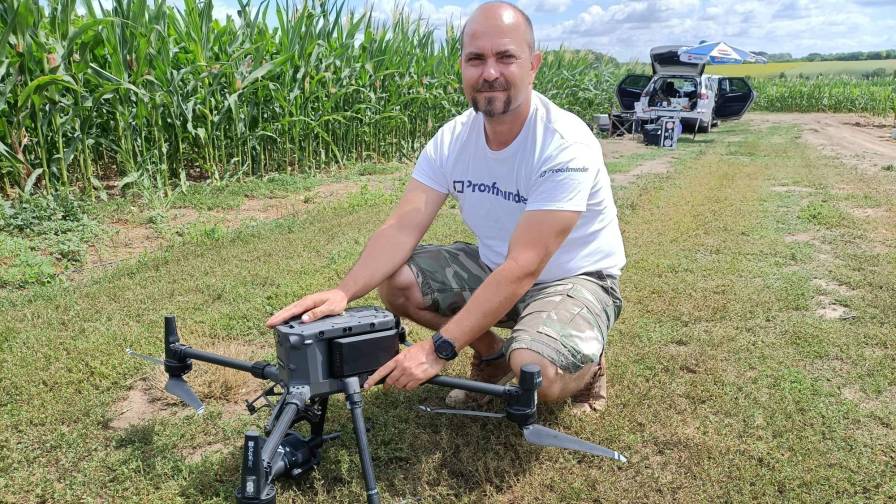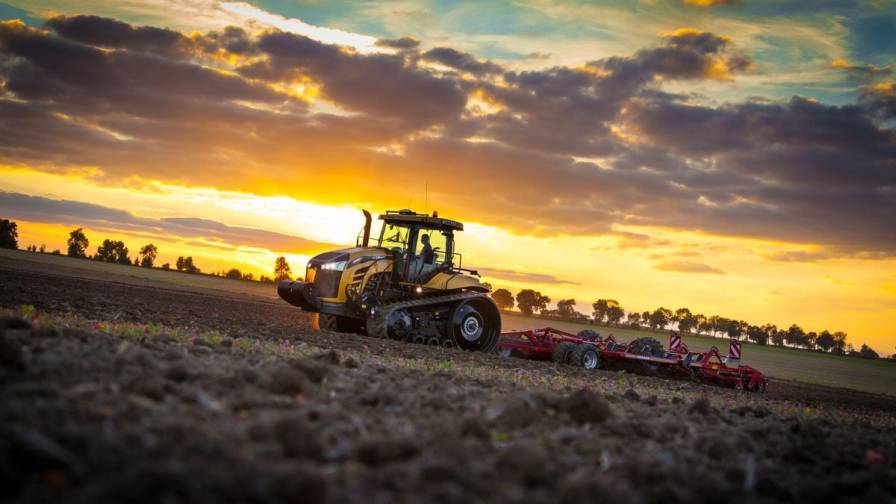How Artificial Intelligence Will Guide the Future of Agriculture
Artificial intelligence, or AI as it is more commonly called, has become more prominent in conversations about technology these days, writes Frank Giles at Growing Produce. But what does it mean? And how might it shape the future of agriculture?
In many ways, AI is already at work in agricultural research and in-field applications, but there is much more to come. Researchers in the field are excited about its potential power to process massive amounts of data and learn from it at a pace that far outstretches the capability of the human mind.
The newly installed University of Florida Vice President of Agriculture and Natural Resources, Scott Angle, sees AI as a unifying element of technology as it advances.
“Robotics, visioning, automation, and genetic breakthroughs will need advanced AI to benefit growers,” he says. “Fortunately, UF recognized this early on and is developing a program to significantly ramp up AI research at the university.”
MORE BY GROWING PRODUCE
Agricultural Robotics Market Poised To Kick Growth Into High Gear
What Is It and Where Did It Come From?
Jim Carroll is a global futurist who specializes in technology and explaining it in a way that non-computer scientists can understand. He says first and foremost, AI is not some out-of-control robot that will terrorize and destroy our way of life like it is often portrayed in the media and popular culture.
“This isn’t new,” Carroll says. “I actually found articles in Popular Mechanics magazine in the 1930s that spoke of ‘Giant Robot Brains’ that would steal all our jobs.
“What is AI, really? The best way to think about it is that it’s an algorithm at heart — it’s a computer that is really good at processing data, whether that be pure data, images, or other information. It has been ‘trained’ and ‘learns’ how to recognize patterns, trends, and insights in that information. The more it does it and gets the ‘right’ scores, the better it gets. It’s not really that scary.”
Continue reading at Growing Produce.









